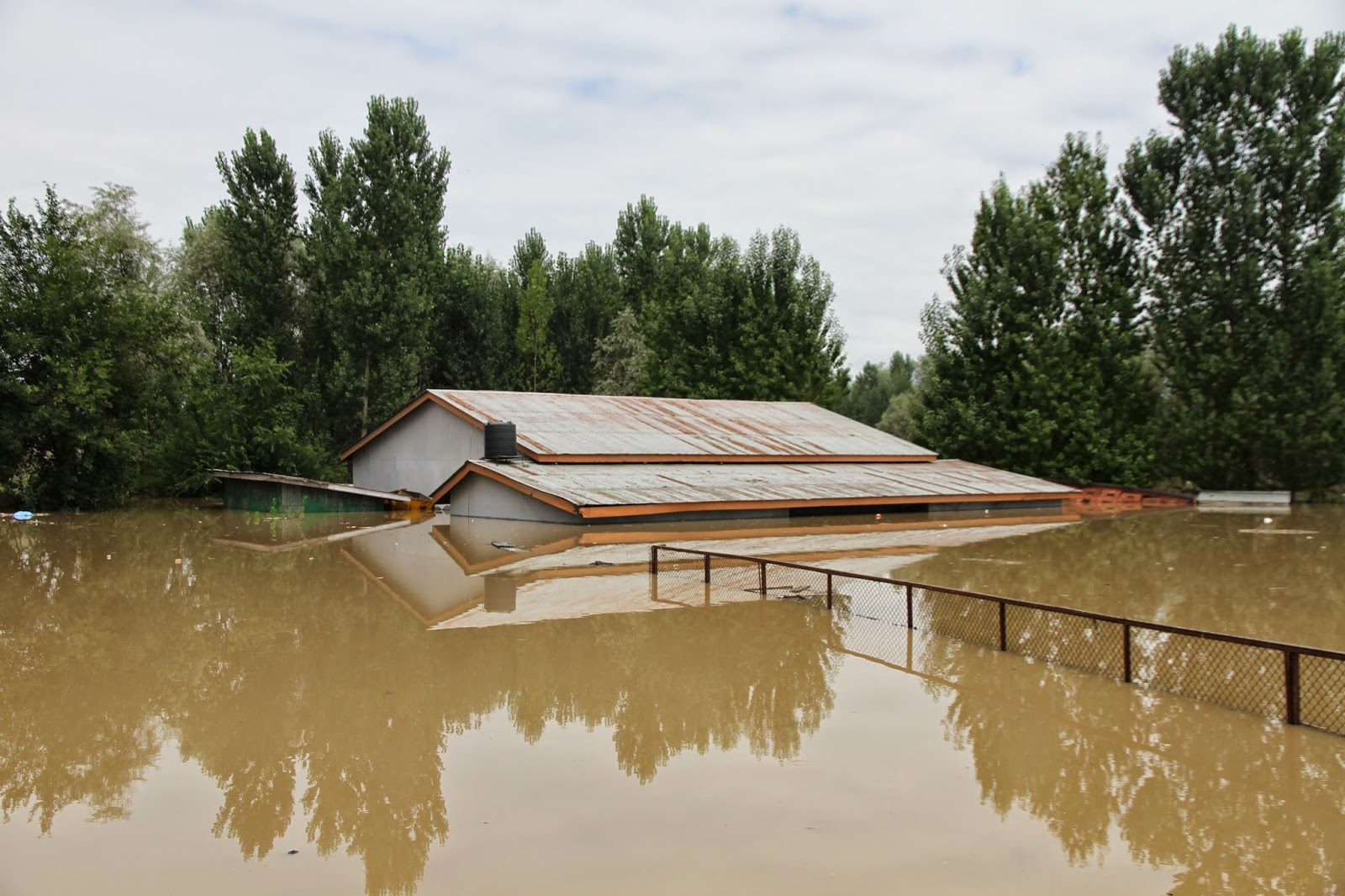Flash floods occur quickly in a short duration over a particular area. It takes place within minutes or a few hours of excessive rainfall or even when no rain occurs. For example, a levee or dam fails, or debris’ abrupt release of water.
Many areas are prone to flash floods as waters in a flash flood most of the time shift at massive speed and they often occur with fewer signs of warning. They have a high-velocity torrent of water caused by torrential rain falling within a specific area, while the flood is the excess water pervading onto usually dry land. It lasts for days or weeks and the rise in water stems from a river, stream or drainage. One of the recent examples includes a portion of the Himalayan glacier that fell and caused an avalanche and catastrophic flooding on February 7 in Uttarakhand’s Chamoli district.
Flash flood is a high risk for densely populated areas and the construction of buildings, driveways, highways and parking lots increases runoff by lowering the amount of rain undertaken by the ground. This runoff escalates the flash flood emergence at that time.
Flash floods are also known as Pluvial floods which can occur in urban or rural belts or where there are no water bodies in the vicinity. It can hugely affect agricultural activities and properties. It comprises surface water floods which happens when an urban drainage system overflows and into streets and adjoining structures. It is a gradual process which provides people time to shift to places which are safe and the level of water is generally shallow (rarely over 1 meter deep). It develops no immediate risk to lives but may cause considerable economic damage.
Following are the other types of floods
- River floods (Fluvial floods): This takes place when the water level in a river, lake or stream increases and overflows onto the sides of shores, banks and neighboring land. The water level increase could be due to massive rain or snowmelt. The damage from a river flood can be immense as the overflow impacts smaller rivers downstream, which can cause dams and dikes to shatter and swamp adjoining areas. It rarely results in loss of lives but can have significant economic damage. It takes past precipitation, forecasted precipitation, current river and soil levels into account to assess the probability of river flooding.
- Coastal floods: These are also known as storm surge where inundation of land areas occurs beside the coast by seawater. These are caused by extreme windstorm events happening when high tides and tsunamis remain active. It comes into existence when high winds from a windstorm push water onshore, which is the primary cause of coastal flooding and often the greatest threat connected with a windstorm. The effects rise considering the tide – windstorms that take place during high tide result in extreme storm surge floods. Water overwhelms low-lying land and frequently causes the loss of life and property in coastal floods. Various factors comprising the speed, strength, size and direction of the windstorm assess the magnitude of a coastal flood. The onshore and offshore topography play a key role by evaluating the probability and severity of a storm surge.




